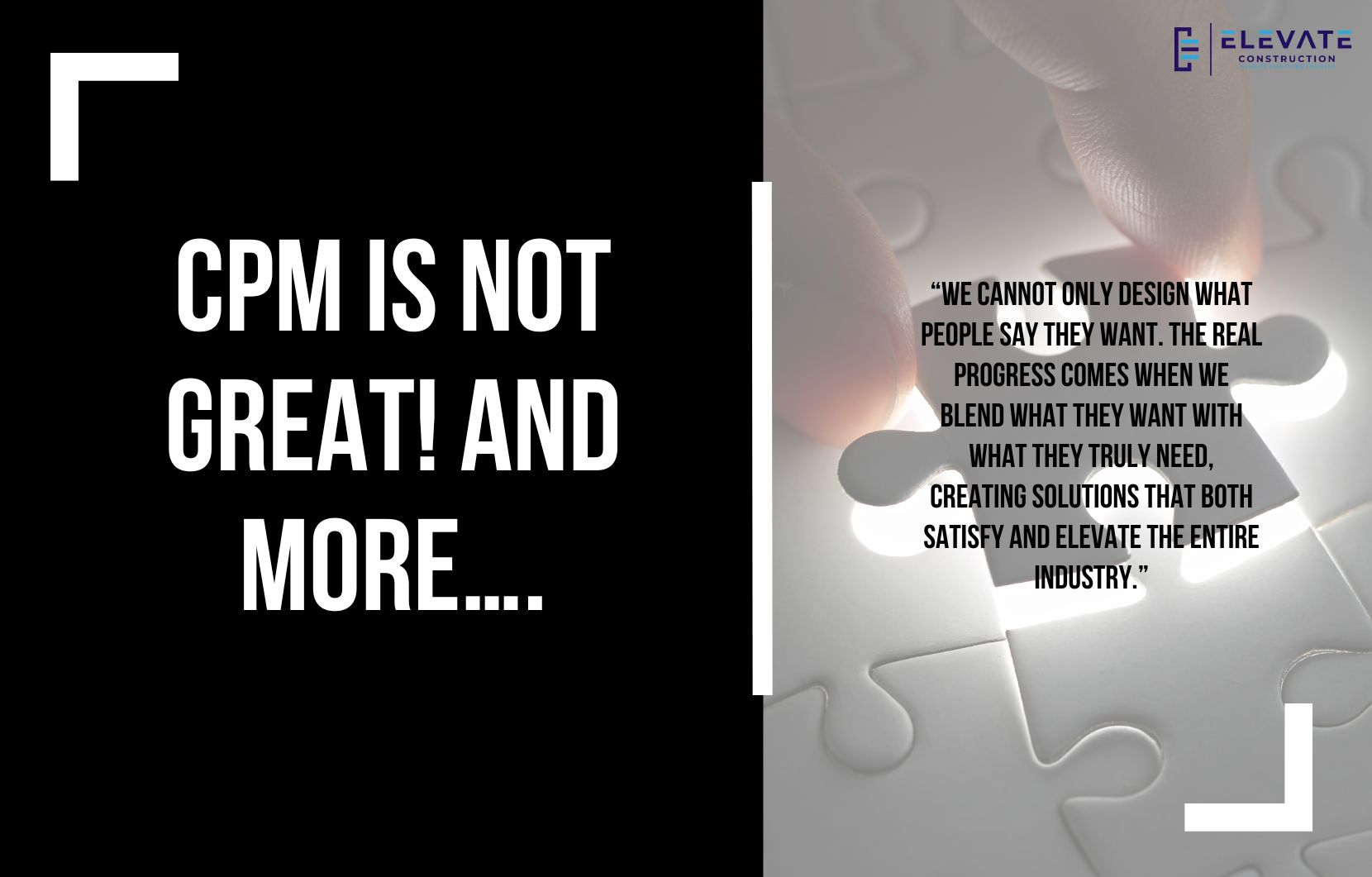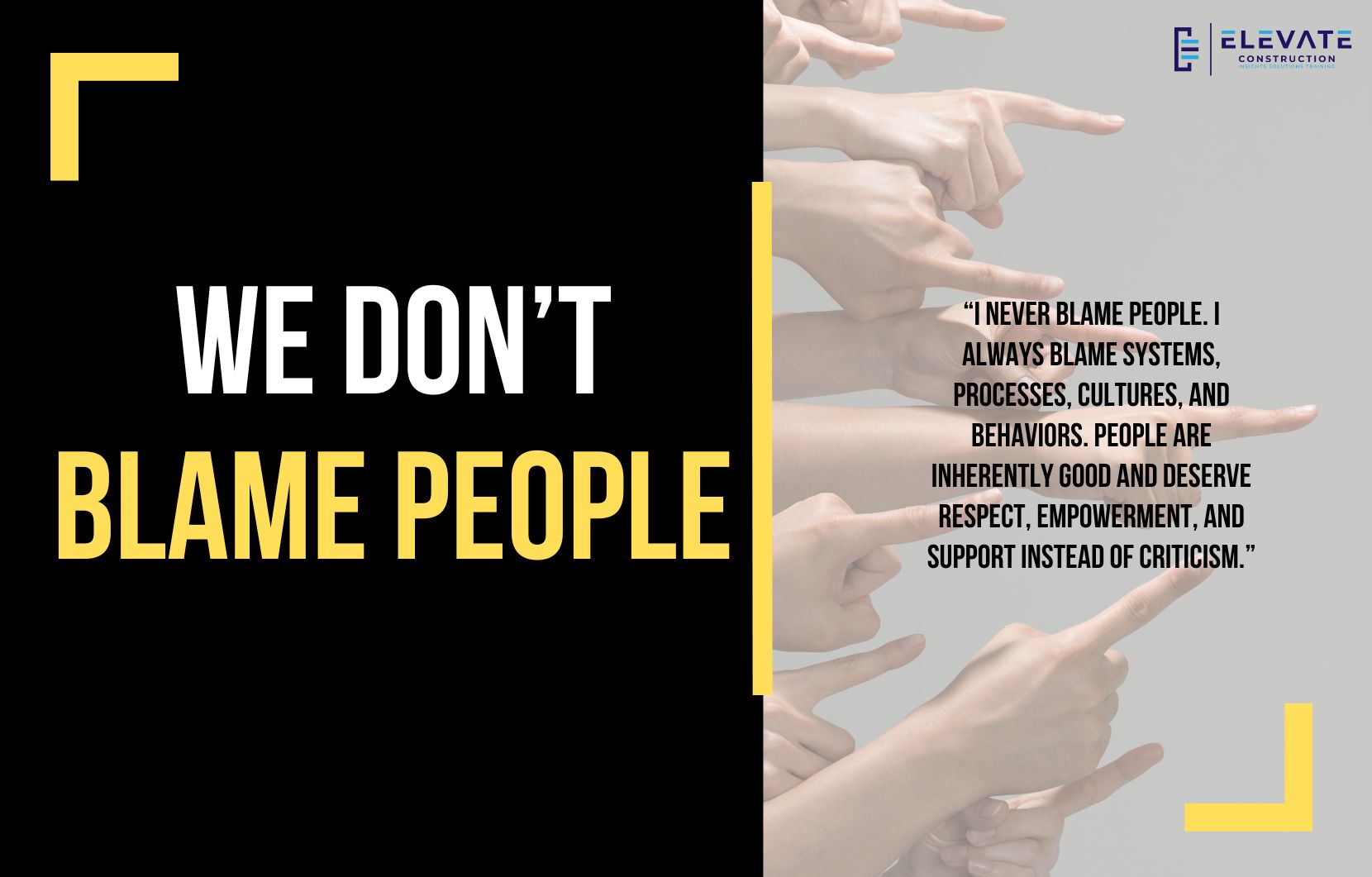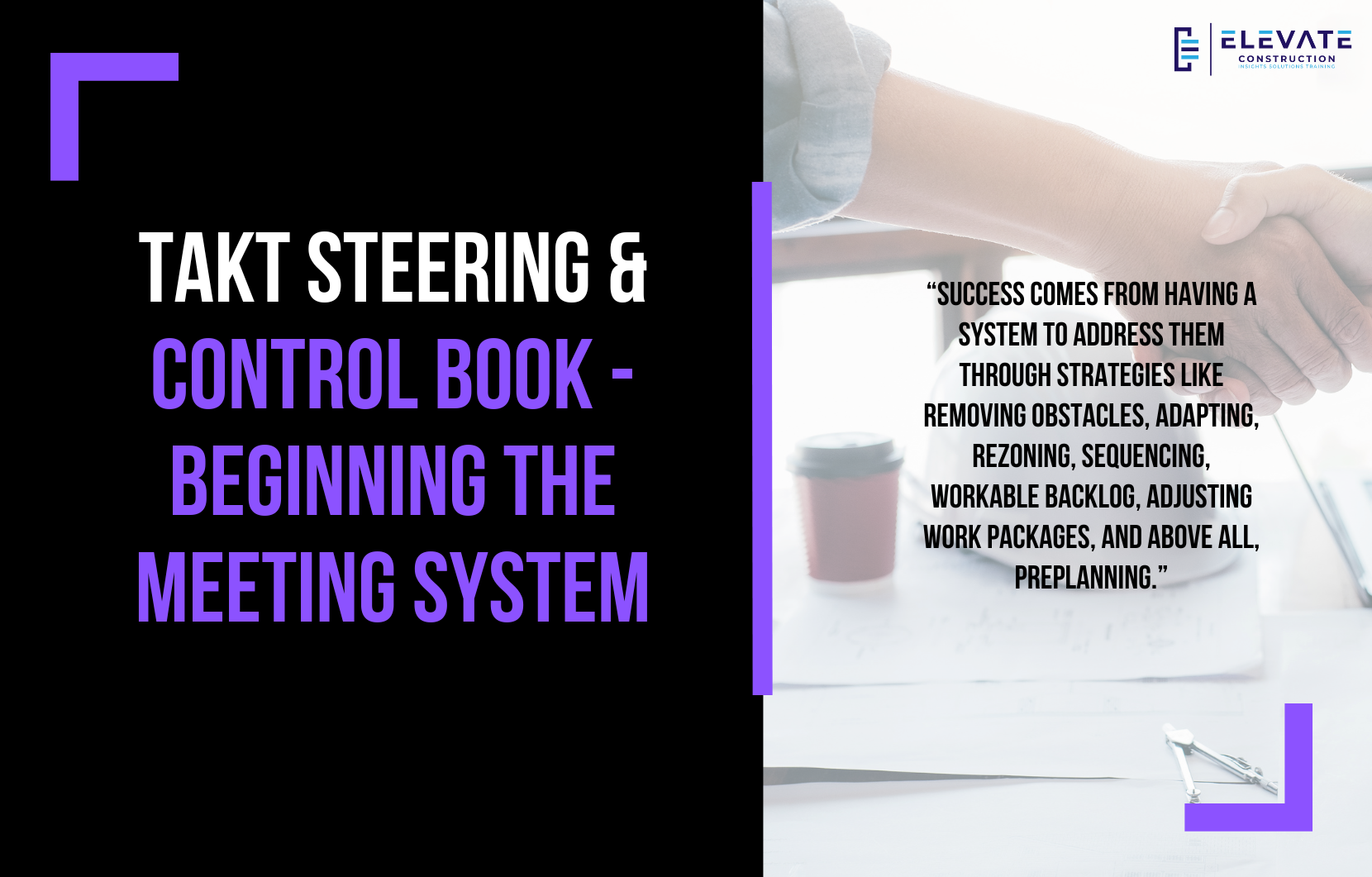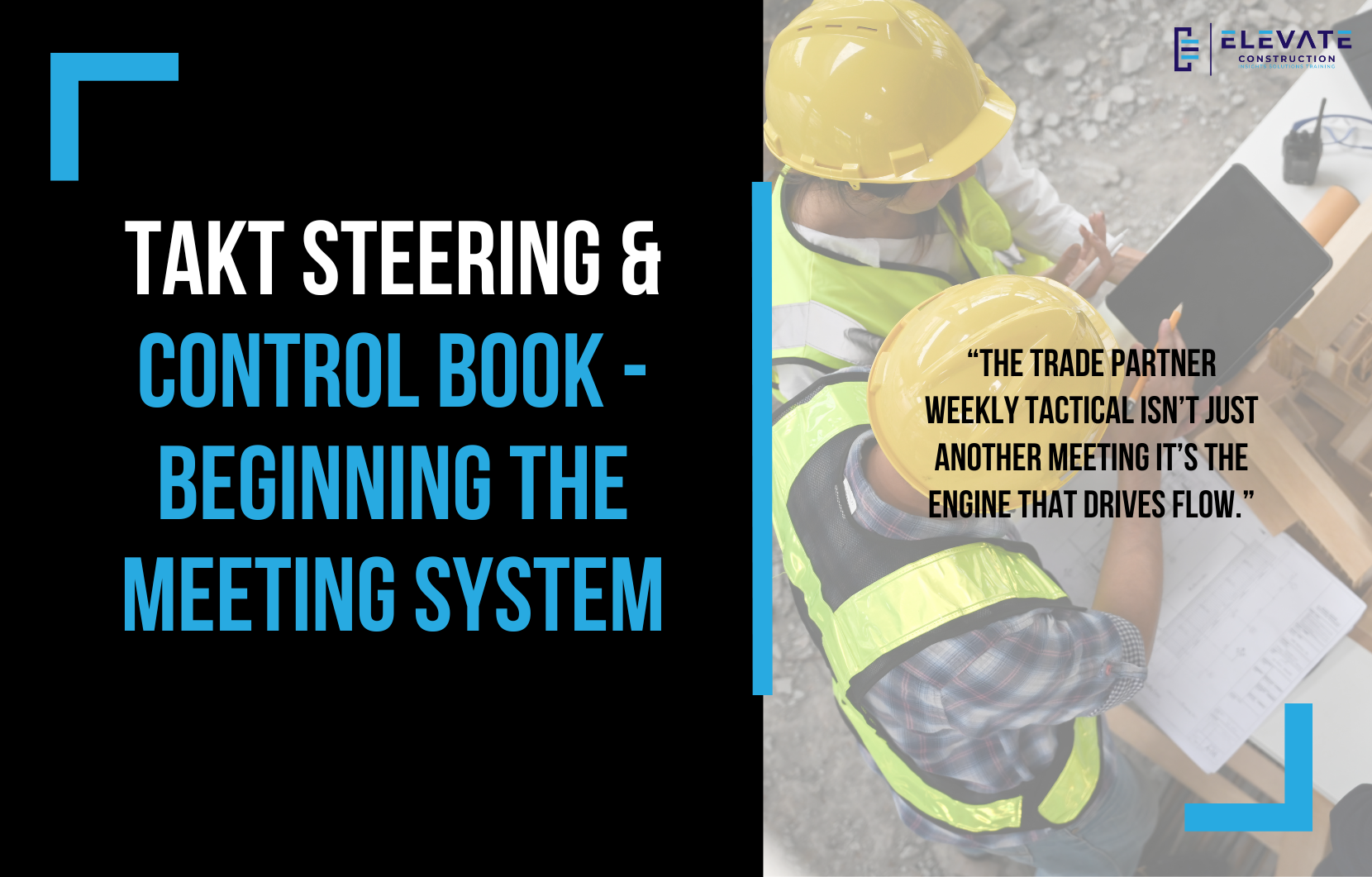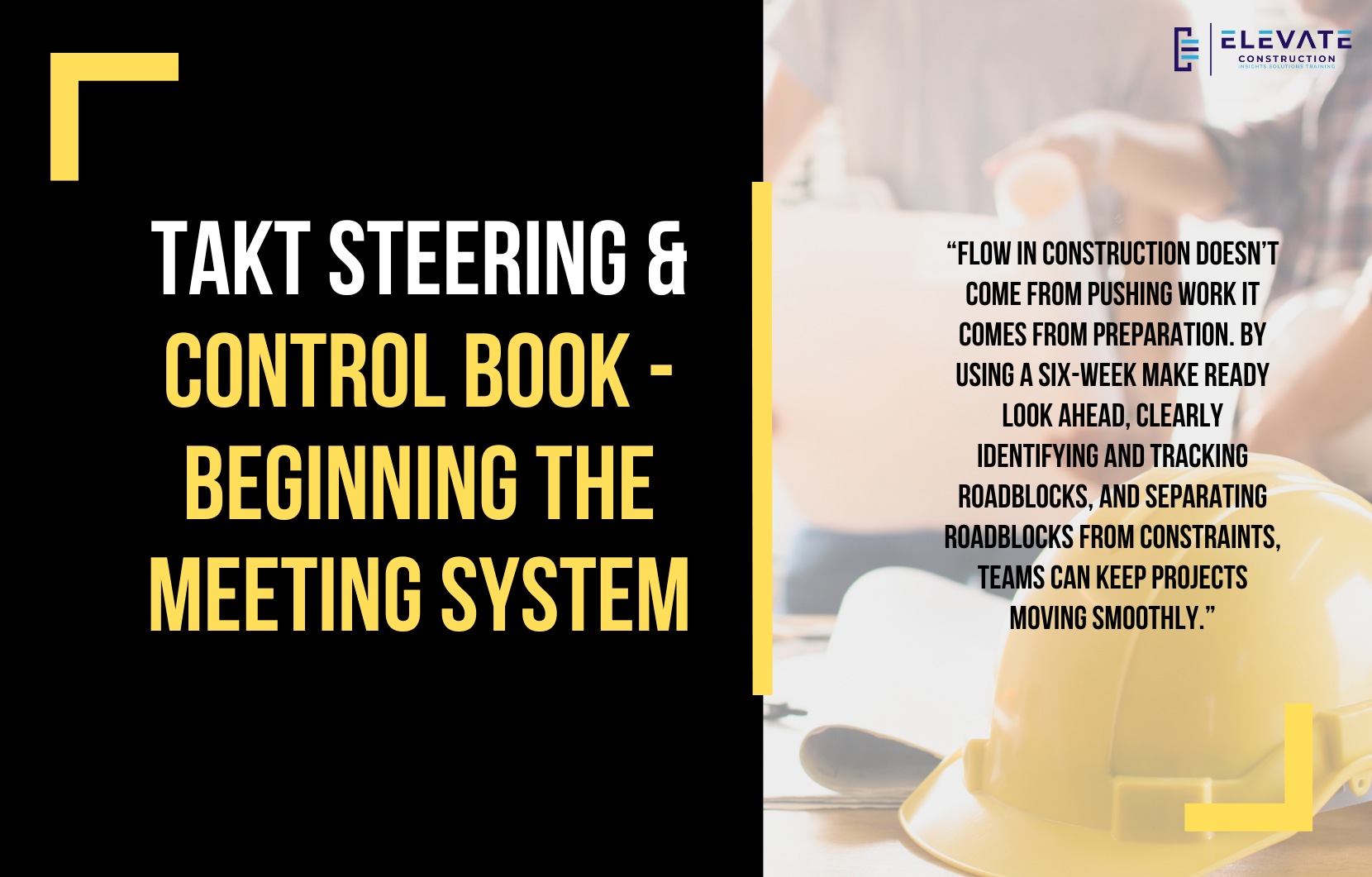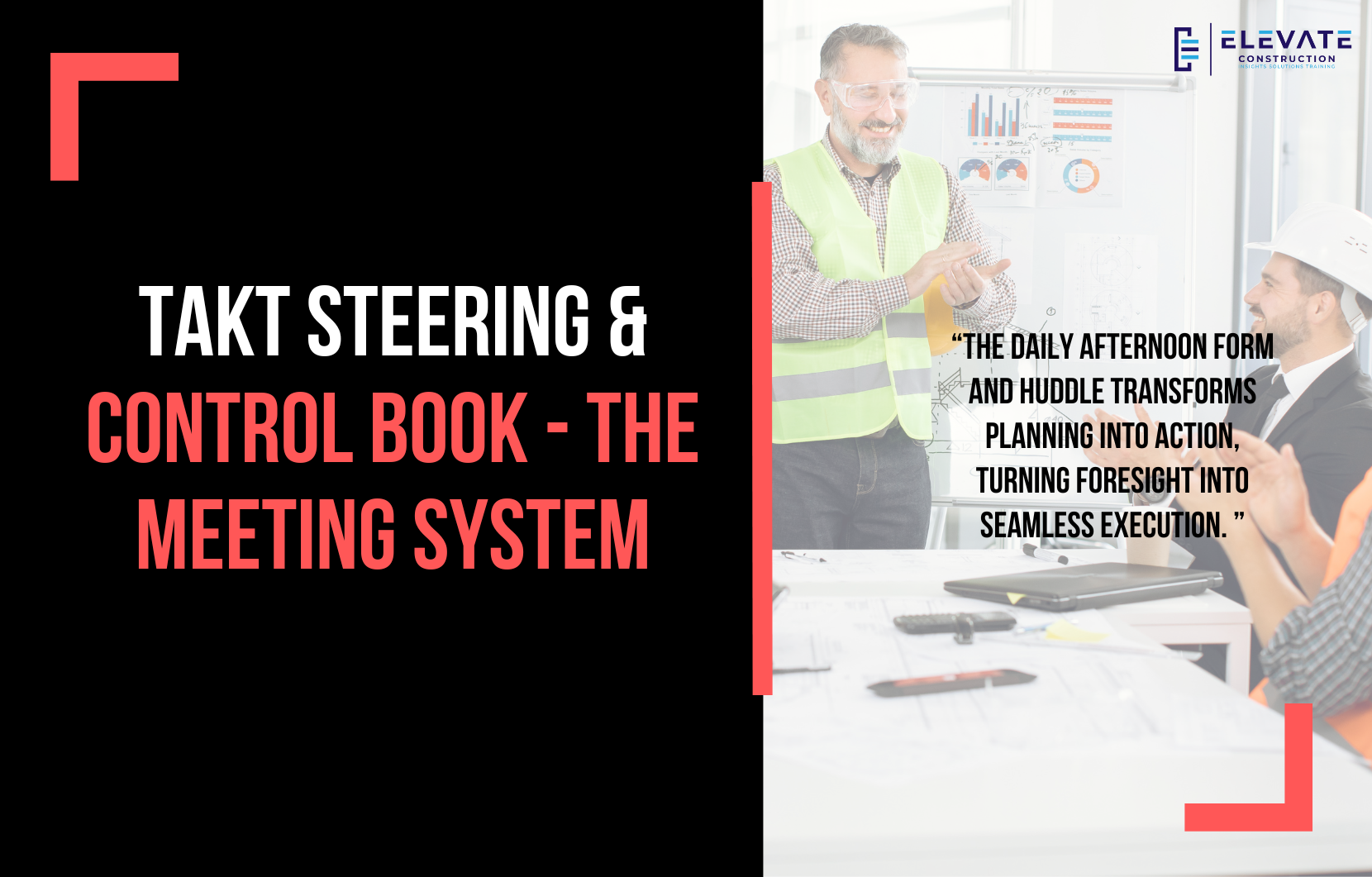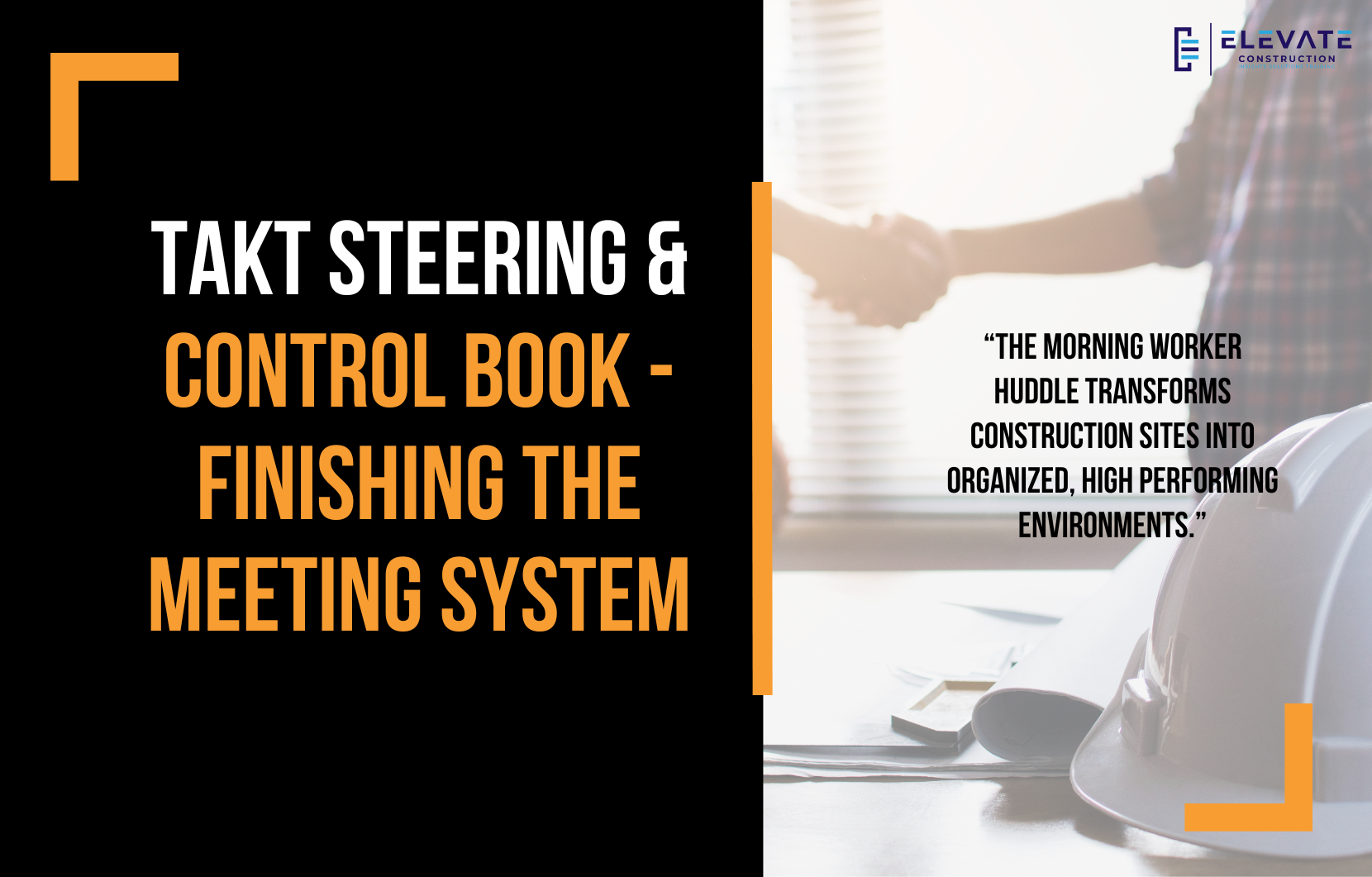Designing What People Want
I hope you are doing well and staying safe out there. Today I want to share some thoughts about designing what people want and the balance between giving people exactly what they ask for and what they truly need.
Recently, I have been diving deep into research, talking with lean professionals, and reflecting on how products and systems in construction are developed. What I continue to see is that when we only focus on what people say they want, we often end up recreating the same old tools that do not solve the real problems. For example, if we only rely on user requests, most software developers in construction will just build a faster CPM scheduling tool. That may make money, but it does not push our industry forward.
Why Listening Alone Is Not Enough
There is a common quote attributed to Henry Ford that if he had asked people what they wanted, they would have said a faster horse. People often revert back to what they already know, not what will truly move them ahead. The same is true in construction. Many professionals ask for CPM tools or features that feel familiar, even though they are not what actually improves outcomes.
As I see it, the role of a builder, a leader, or a creator is not just to listen but also to interpret. Our responsibility is to merge what people want with what they need. A foreman, for instance, may not always ask for time to plan ahead, but when planning is prioritized, the crew performs at a higher level. Similarly, clients may not specifically ask for integrated systems or tact-based approaches, yet those are the methods that prevent problems and bring flow to projects.
Building the Right Balance
The real art is in striking the balance between immediate wants and long-term needs. This means staying close to clients and teams, observing where they struggle, and guiding them toward better solutions. In my own journey, I have become more convinced than ever that we cannot allow the industry to simply continue building faster versions of broken systems. Instead, we need to design for both customer desire and true industry progress.
I am convinced that the right path forward is combining genuine customer feedback with principles of production, flow, and planning that always deliver results. That is where real transformation happens.
Key Takeaway
We cannot only design what people say they want. The real progress comes when we blend what they want with what they truly need, creating solutions that both satisfy and elevate the entire industry.
If you want to learn more we have:
-Takt Virtual Training: (Click here)
-Check out our YouTube channel for more info: (Click here)
-Listen to the Elevate Construction podcast: (Click here)
-Check out our training programs and certifications: (Click here)
-The Takt Book: (Click here)
Discover Jason’s Expertise:
Meet Jason Schroeder, the driving force behind Elevate Construction IST. As the company’s owner and principal consultant, he’s dedicated to taking construction to new heights. With a wealth of industry experience, he’s crafted the Field Engineer Boot Camp and Superintendent Boot Camp – intensive training programs engineered to cultivate top-tier leaders capable of steering their teams towards success. Jason’s vision? To expand his training initiatives across the nation, empowering construction firms to soar to unprecedented levels of excellence.
On we go

